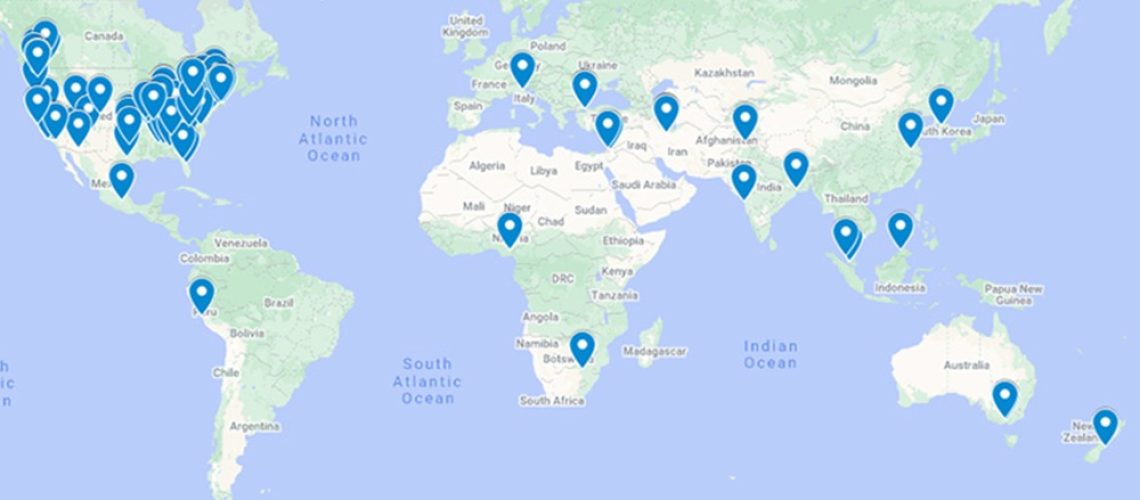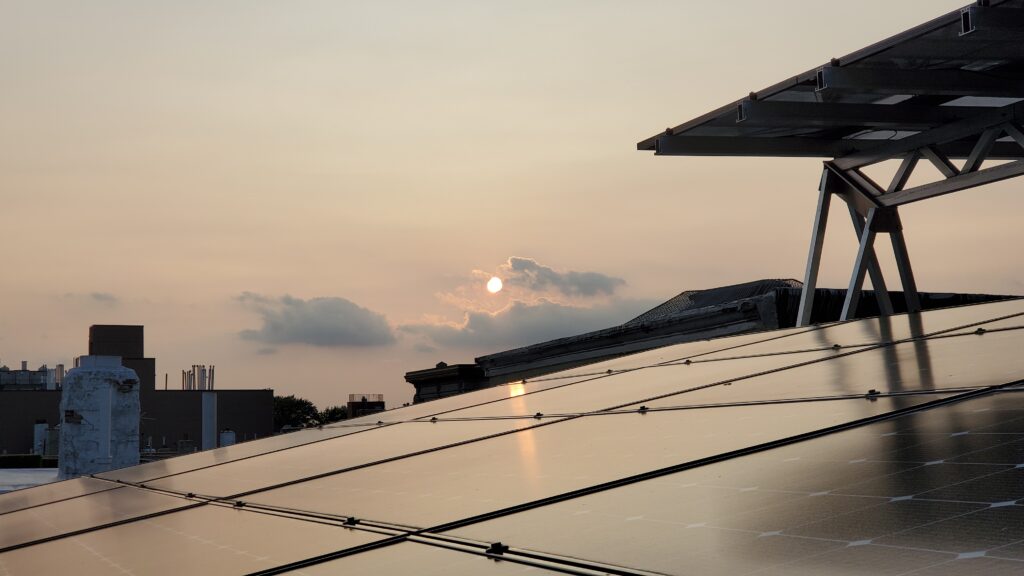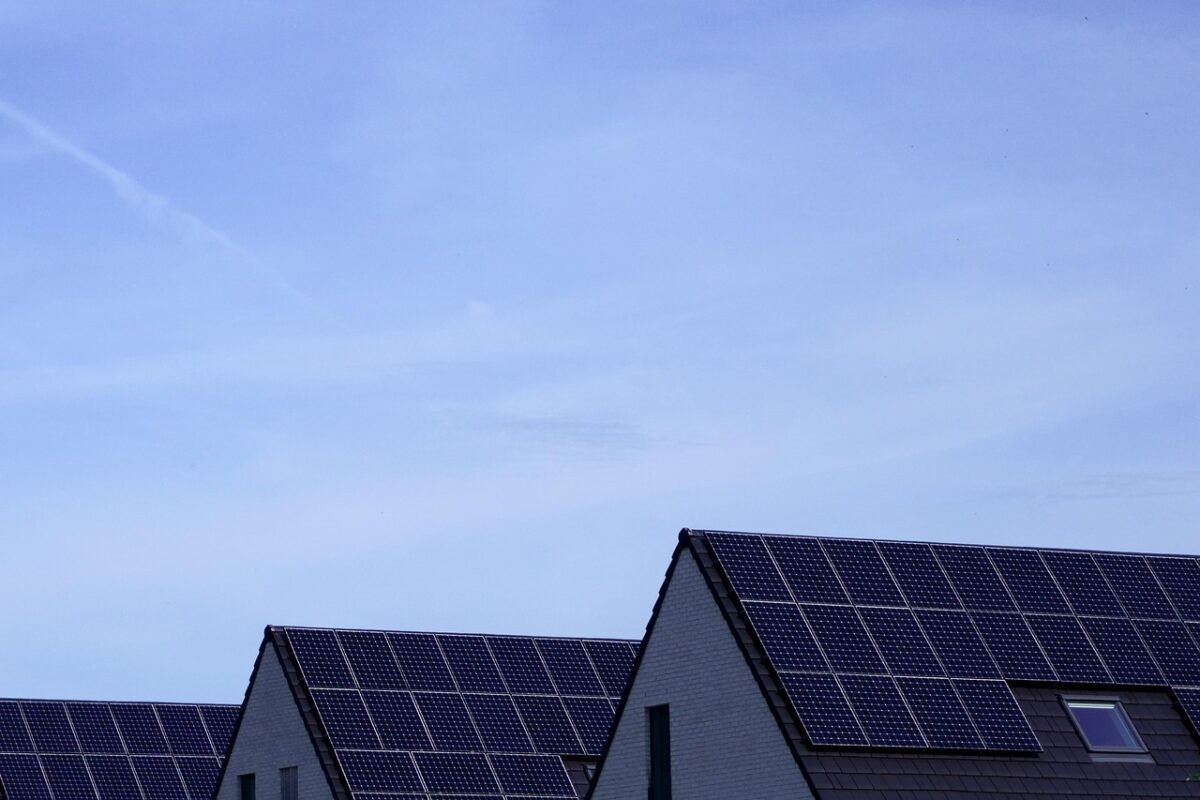Representing 93 collegiate institutions, the teams will compete in designing high-performance, zero-energy buildings.
The U.S. Department of Energy Solar Decathlon is an international collegiate competition that for more than two decades has challenged more than 25,000 students to create efficient, affordable buildings powered by renewable energy, while promoting student innovation, cross-disciplinary education, and real-world training for a variety of careers.
The first Solar Decathlon competition was held on the National Mall in Washington, D.C. in the fall of 2002. Fourteen teams designed, built, transported, and showcased zero-energy houses powered entirely by renewable energy—a feat relatively unheard of at the time. During the 21-day inaugural event, more than 100,000 people visited the first-ever Solar Decathlon.
After the initial U.S. events, the Solar Decathlon expanded to Europe, China, Latin America, Africa, India, and the Middle East and it has grown to include both residential and commercial buildings through Design and Build Challenges.
Students competing in the Solar Decathlon Design Challenge work in interdisciplinary teams to create high-performance building designs that aim to solve problems related to climate change, affordability and environmental justice.
Teams spend one or two academic semesters collaborating on a residential or commercial design project that they enter in the competition event held in April. The event offers the teams an opportunity to present designs to expert jurors, network and build connections with industry professionals.
The winner of the 2022 Design Challenge, residential category, was Georgia Institute of Technology’s retrofit design for a single-family home. The home is located in a diverse neighborhood, and the team focused the retrofit on environmental sustainability, social equity and economic efficiency. The 102-year old house was in bad shape, so the team redesigned the existing layout to make it more flexible and they improved the roof, windows and designed for cross ventilation in the summer and heat gain in the winter.
The design included an HVAC system that included an energy recovery ventilator and ducted mini-split heat pumps, with electricity provided by a rooftop PV system. The result was efficient daylighting, reduced maintenance, appliance efficiency, privacy and security, in addition to overall energy savings.
“Creating affordable, energy-efficient solutions for buildings nationwide is key to the United States meeting its decarbonization goals,” said Holly Jamesen Carr, director of the Solar Decathlon. “Hundreds of students from around the world are set to meet this challenge head-on this year as they participate in DOE’s longest-running collegiate competition.”
See the list of 105 teams from 93 collegiate institutions. This year’s teams represent 18 countries and 29 U.S. states, with 26 new collegiate institutions and 67 returning institutions.
As part of the Design Challenge, students will create designs for new or existing buildings in one of four categories: single-family housing, attached housing, multifamily building, or education building.
Winning teams are recognized with awards on an international stage and winning design projects are shared through Solar Decathlon and U.S. Department of Energy channels. The students gain marketable design skills as a result of their participation and industry partners and sponsors gain recognition while supporting the next generation of clean energy design professionals. Read more about sponsorship opportunities here.
The teams selected to participate in the 2024 competition have until February 2024 to come up with a design to be entered in the semifinal competition. Those that move to the next stage participate in the final competition held April 19 through 24, 2024 hosted at the National Renewable Energy Laboratory in Golden, Colorado, with virtual participation options available.






